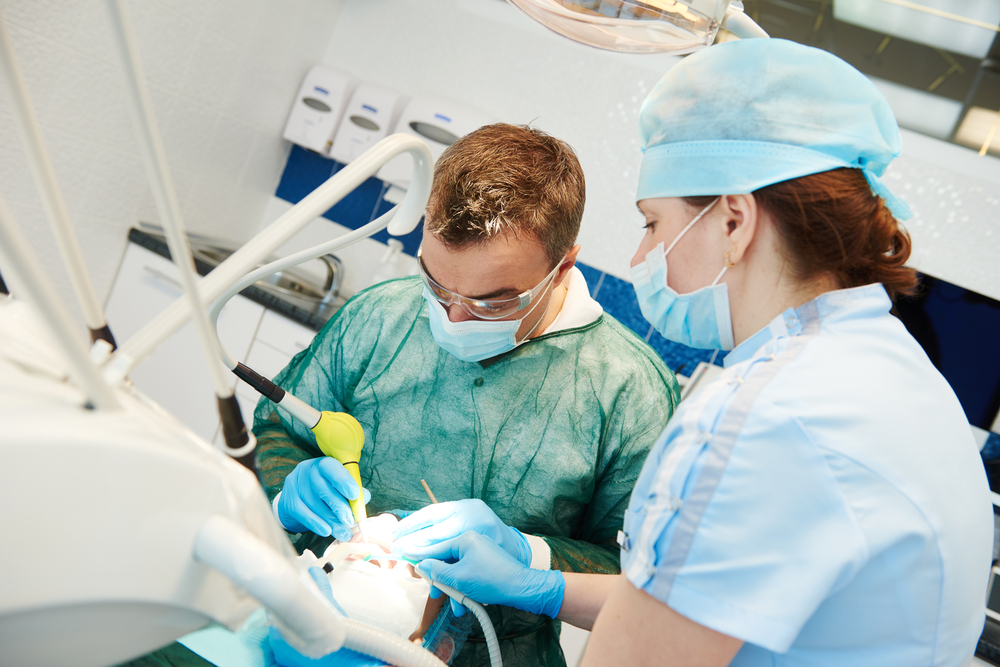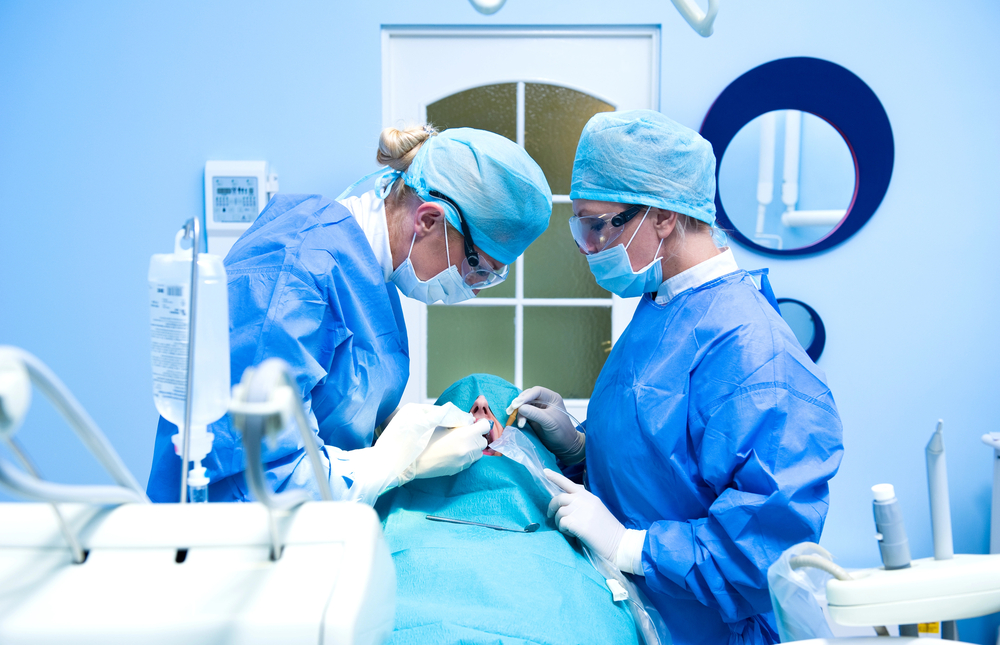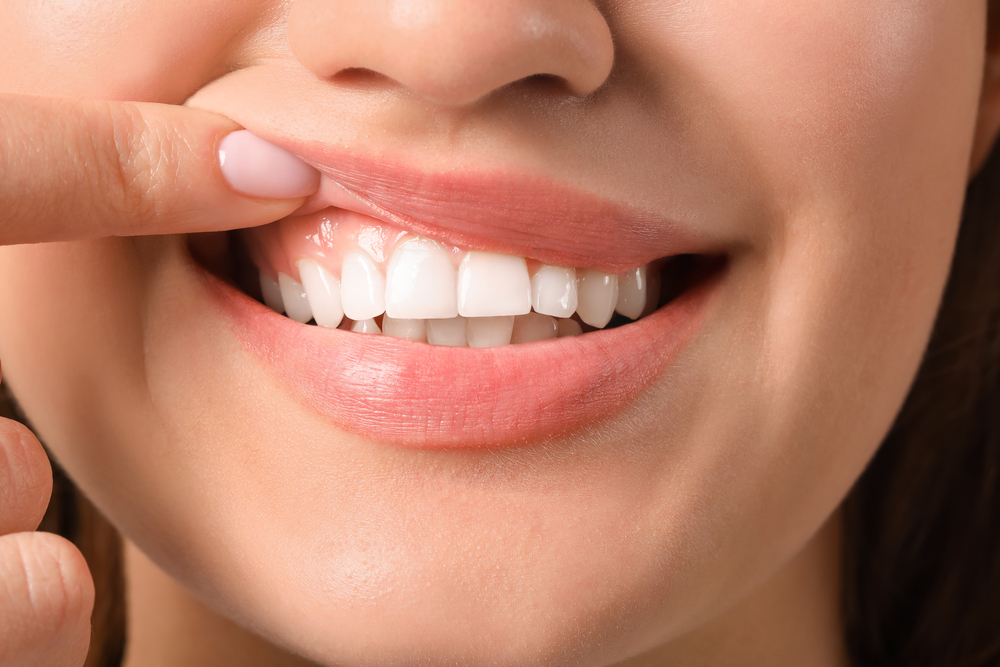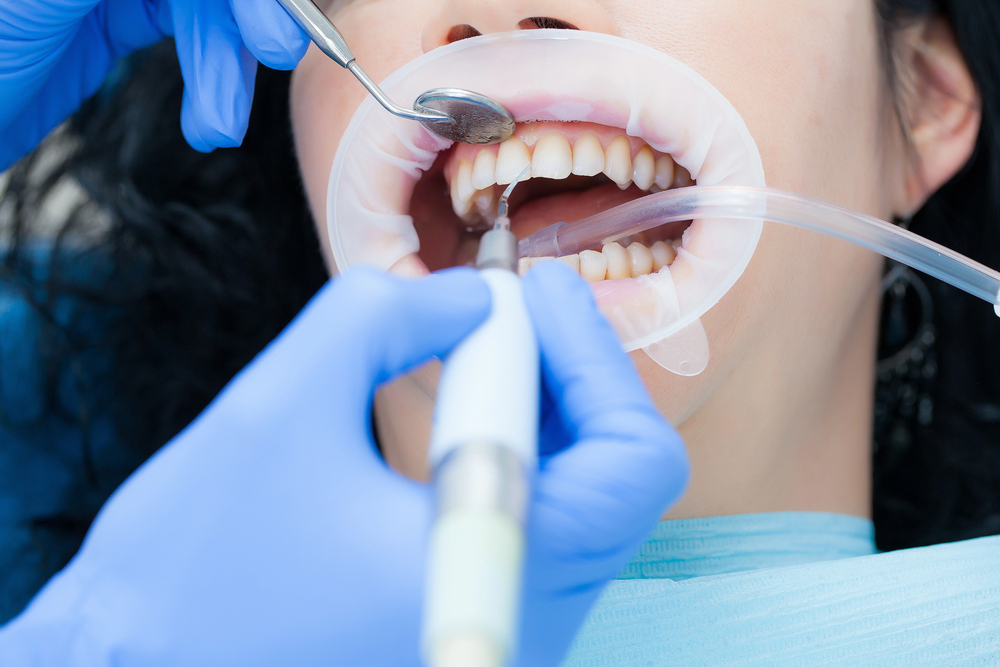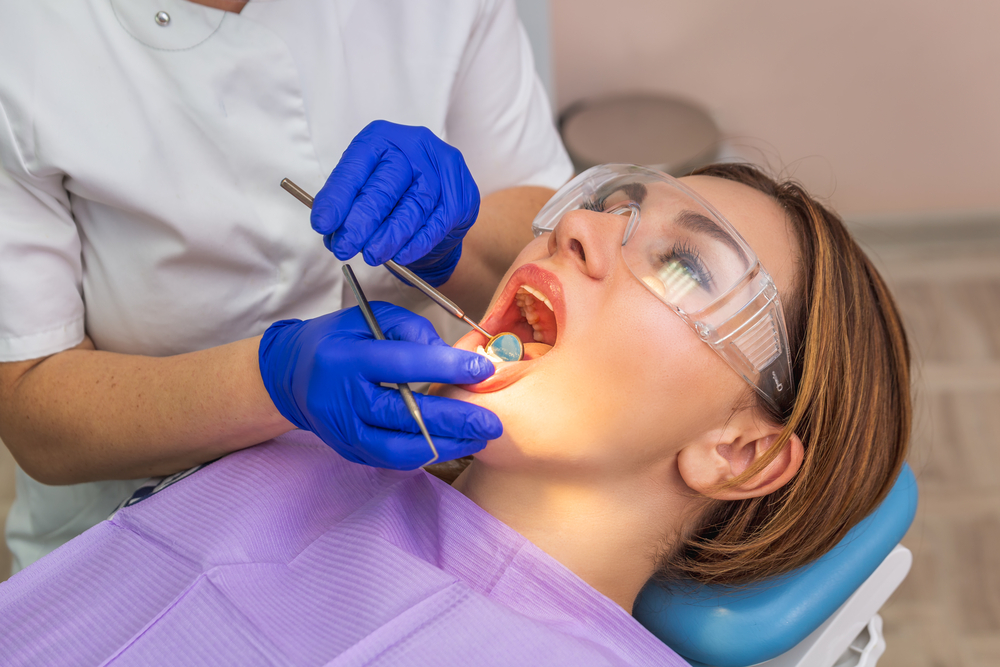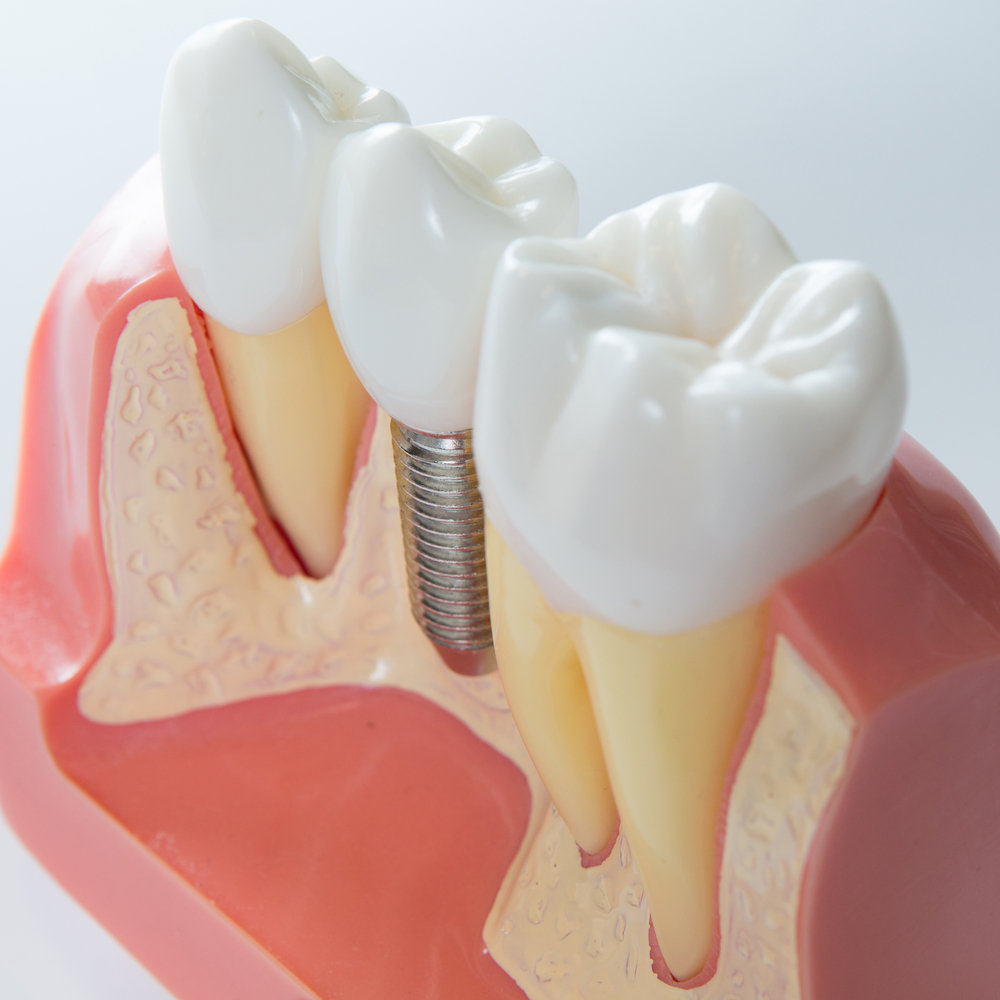The dental industry has always been a dynamic field, constantly evolving with advancements in technology, patient care, and business models. As the future unfolds, dental practices must adapt to stay ahead of trends that shape patient expectations and improve practice outcomes. From innovative dental procedures like advanced dental fillings to new patient experience enhancements such as dental spa trends, the
dental industry is poised for a transformation that will redefine how practitioners engage with their patients. Below are some key trends every dental practice should consider as they navigate the future.
1. Technological Advancements in Dental Care
Technology continues to drive change in every facet of the dental industry. The rise of digital tools, including intraoral cameras, 3D imaging, and CAD/CAM (computer-aided design and computer-aided manufacturing), has revolutionized the way dentists diagnose and treat patients. These technologies have improved accuracy, reduced the time required for procedures, and enhanced patient outcomes.
One key area where technology has had a significant impact is in the realm of dental fillings. Traditional fillings often require the use of amalgam or composite materials, but new innovations have given rise to bioactive materials that can bond more effectively with the tooth structure, promoting healing and reducing the risk of future decay. Additionally, 3D printing is being increasingly used to create custom fillings and crowns, making treatments faster, more precise, and more comfortable for patients.
2. The Growth of Dental Spas: Enhancing the Patient Experience
In the highly competitive dental industry, patient experience has become a major differentiator. As patient expectations evolve, many dental practices are beginning to embrace the dental spa trend, offering a more luxurious and comfortable environment that emphasizes relaxation and holistic care.
The concept of the dental spa combines traditional dental care with spa-like amenities. Practices that adopt this model often provide soothing services such as aromatherapy, massage chairs, soft lighting, calming music, and even warm towels to help patients relax during their appointments. These environments aim to reduce anxiety, especially among patients who experience dental fear or have had negative past experiences with dental visits.
Beyond just creating a relaxing atmosphere, dental spas offer services that focus on total well-being. Some practices incorporate advanced skin care, teeth whitening, and stress-reducing therapies, such as meditation or guided breathing. As dental spas continue to grow in popularity, practices that invest in improving the overall patient experience through these non-traditional offerings are likely to stand out in a crowded marketplace.
3. The Rise of Preventive and Minimally Invasive Dentistry
Preventive care has long been a cornerstone of dentistry, but with new technologies, the industry is now able to offer even more effective ways to prevent dental issues before they become serious problems. Minimally invasive dentistry is gaining traction as it allows for less aggressive treatments that preserve the natural tooth structure.
Instead of traditional drills and fillings, techniques like air abrasion, laser dentistry, and microdentistry allow dentists to treat cavities with precision and minimal discomfort. This trend is particularly valuable for younger patients, whose teeth can be more vulnerable to decay. Additionally, dental fillings are becoming more durable, with new materials that allow for quicker application and faster recovery, further promoting a minimally invasive approach.
For patients, this means fewer visits for follow-up treatments, reduced discomfort during procedures, and a more proactive approach to oral health. For dental practices, it represents an opportunity to enhance patient satisfaction and improve overall outcomes with less invasive procedures.
4. Tele-dentistry: The Future of Remote Care
The demand for convenience and accessibility is pushing the dental industry toward adopting tele-dentistry services. Although remote consultations have been around for a while, the COVID-19 pandemic accelerated the adoption of virtual care in many sectors, including dentistry.
Tele-dentistry allows dentists to connect with patients remotely for consultations, follow-up appointments, or even initial screenings for common issues like tooth pain, broken fillings, or orthodontic concerns. This trend has been particularly beneficial for patients in rural areas or those with mobility challenges. For dental practices, tele-dentistry offers a way to expand their reach, minimize office congestion, and increase overall efficiency.
While tele-dentistry cannot replace all aspects of in-person dental care, it is a growing field that will likely complement traditional treatments. The integration of remote care into the dental business model is something every practice should consider as a way to provide more flexible services and enhance patient convenience.
5. Sustainability in Dental Practices
As consumers become more eco-conscious, the push for sustainability is spreading across all industries, including healthcare. Dental practices are beginning to embrace more sustainable practices by reducing waste, using eco-friendly materials, and adopting energy-efficient technologies.
For example, dental offices are increasingly opting for biodegradable dental products and using digital records to eliminate paper waste. Additionally, the move toward using green dental fillings, such as those made from recycled or bioactive materials, is helping reduce the environmental impact of dental care.
The demand for sustainable practices is likely to continue to rise, as patients increasingly seek out businesses that prioritize environmental responsibility. For dental practices, going green offers the dual benefits of contributing to a healthier planet while also appealing to a broader, environmentally conscious patient base.
6. Artificial Intelligence and Machine Learning
Artificial intelligence (AI) and machine learning (ML) are becoming integral tools in the dental industry, helping practitioners diagnose conditions, predict outcomes, and enhance patient care. AI-powered tools can analyze X-rays and 3D images to detect early signs of tooth decay, gum disease, or even oral cancer.
These technologies also enable predictive modeling, which can help dentists determine the likelihood of certain oral health issues arising in the future based on a patient’s medical and dental history. AI can assist with creating personalized treatment plans and even automate administrative tasks, allowing dental professionals to focus more on patient care.
As AI continues to develop, its potential for streamlining operations, improving diagnosis accuracy, and optimizing treatment protocols will be invaluable for practices aiming to stay at the forefront of dental care.
The dental industry is evolving rapidly, driven by advancements in technology, patient expectations, and business models. From more effective dental fillings to the rise of dental spa trends, the future of dentistry holds exciting possibilities for both patients and providers. By embracing these trends and staying ahead of the curve, dental practices can improve patient outcomes, enhance their services, and position themselves for long-term success in an ever-changing landscape.




